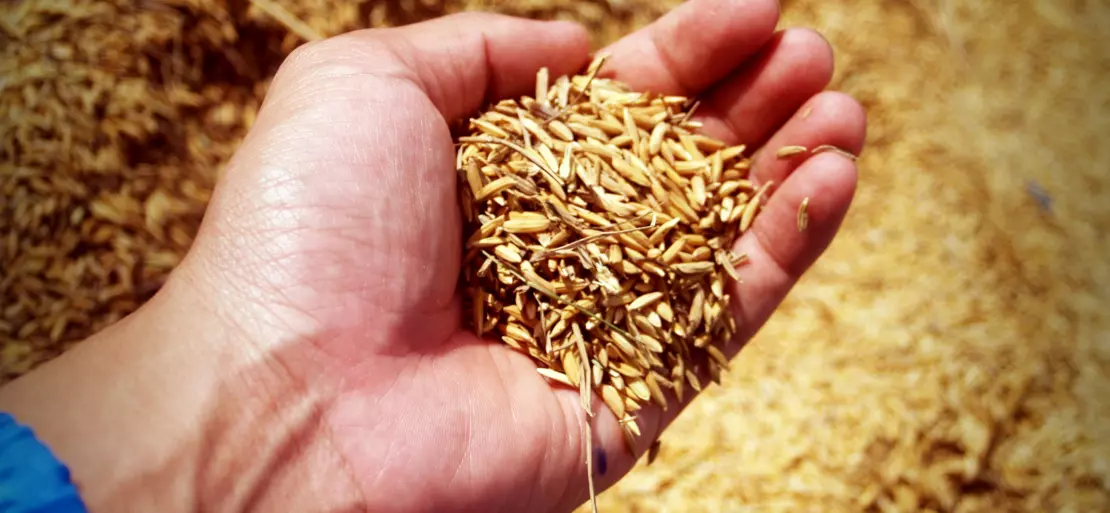Grain market update: Prices for coarse grains are mixed

Prices for oats have been mixed in recent months, but maize (corn) has risen in the United States and South America, where traders have been keeping a close eye on the weather.
The US Department of Agriculture (USDA) reduced its forecast for global coarse grain production for 2021-22 by 1.6 million tonnes, to 1.5 billion, in the World Agricultural Supply and Demand Estimates (WASDE) published on January 12. It now forecasts 398.71 million tonnes of coarse grain production in the United States, up from 397.95 million in December.
According to the USDA, the foreign coarse grain outlook for this month is for lower production, consumption, and stocks. Foreign corn production is expected to fall, with declines in Brazil, Argentina, Kenya, Mexico, the EU, and Paraguay offset in part by an increase in Ukraine. Dryness in December reduced yield prospects for early-planted corn in key central growing areas in Argentina, but with an increase in late-planted corn area for much of the crop, the USDA said the critical phase of the growing season lies ahead.
Brazil is down due to lower yield expectations for first-crop corn in southern Brazil, according to the USDA. The International Grains Council (IGC) said in its Jan. 13 Grain Market Report that its maize price index had risen by 4% since its previous report in November, with gains in the US and South America only partially offset by a modest decline in Ukraine.
The futures contract increased by 3% in net terms. According to the IGC, the gains were initially driven by very good ethanol margins and strong processing demand. While futures briefly fell due to broad-based COVID-19 uncertainty and some concerns about slowing export demand, as evidenced by reports of China booking more supplies from Ukraine, sentiment shifted increasingly bullish in December.
Against a backdrop of easing concerns about the omicron variant, traders' attention was increasingly drawn to worsening drought conditions in parts of South America, which were seen limiting surpluses in both Brazil and Argentina. With nearby Gulf premiums boosted by tight spot supplies and rising barge freight rates amid cold Midwest conditions, fob quotations rose USD 17 month on month to USD 281 fob.
In the face of mounting threats to production prospects, export prices in Argentina (Upriver) rose by a net USD 19, to USD 271 fob, with the discount to competing origins narrowing since mid-November.
Because of limited spot availability, nearby quotations in Brazil were highly nominal, at around USD 11 higher, at USD 281 fob. In Ukraine, fob values were supported by strong export demand, but as traders sought to market a record-large crop, values fell by net USD 5, to USD 277 fob.
The IGC's barley price index has fallen 3% since the previous report, primarily due to weakness in other markets, but with some pressure from reports of bumper Southern Hemisphere crops, particularly in Australia. While trade activity was seasonal, reports of new export demand provided price support on occasion.
Mainly due to a drop in wheat prices, barley export prices in the EU (France) fell by USD 15 to USD 299 fob, according to the IGC, with declines only partially offset by reports of China securing additional feed grade supplies. Market activity was especially quiet in the Black Sea region, where nominal values were quoted at USD 293 fob, a USD 12 decrease from the previous day.
On ample new-crop supplies, prices in Australia fell by a net 4% in South Australia to USD 274 fob (Adelaide) and by USD 25 in Western Australia to USD 263 fob. Despite a seasonal increase in availability, prices in Argentina rose by USD 8 to USD 298 fob on underlying strong demand.



